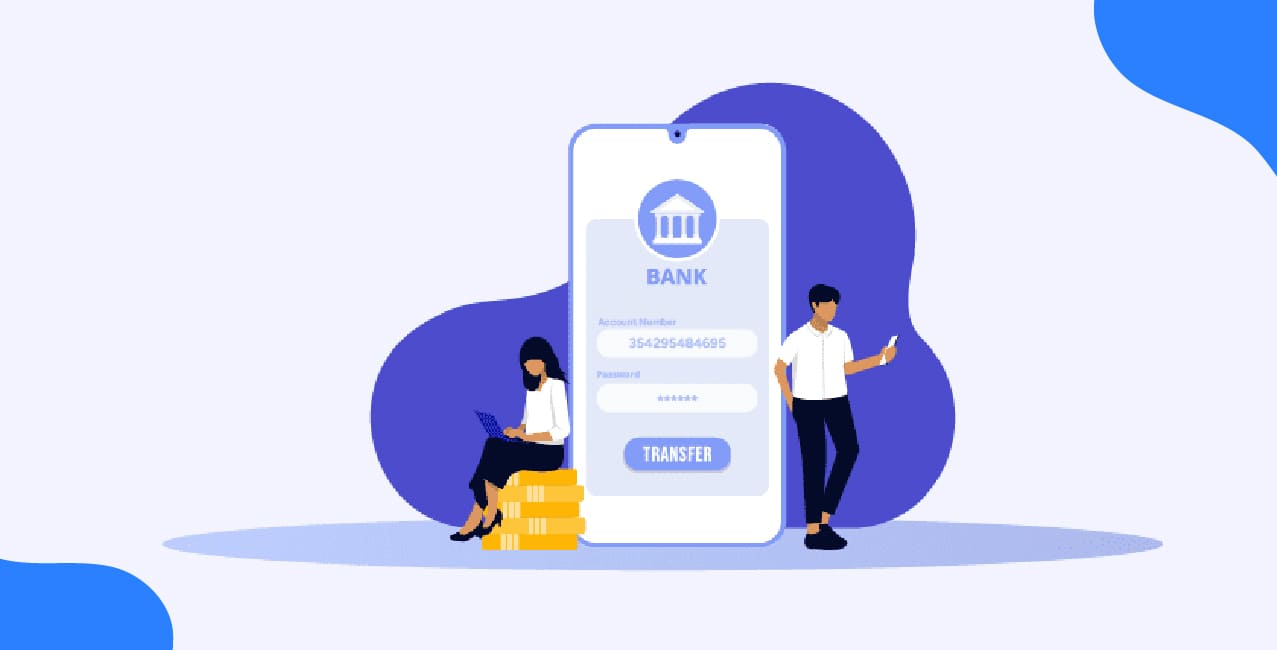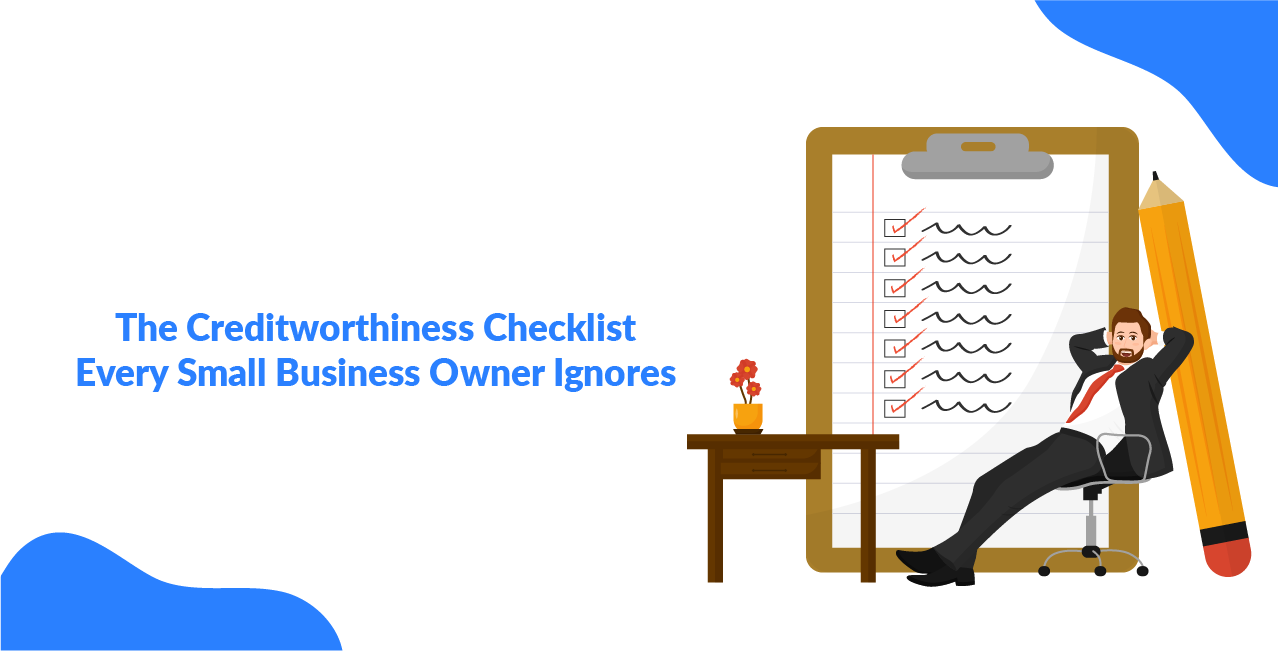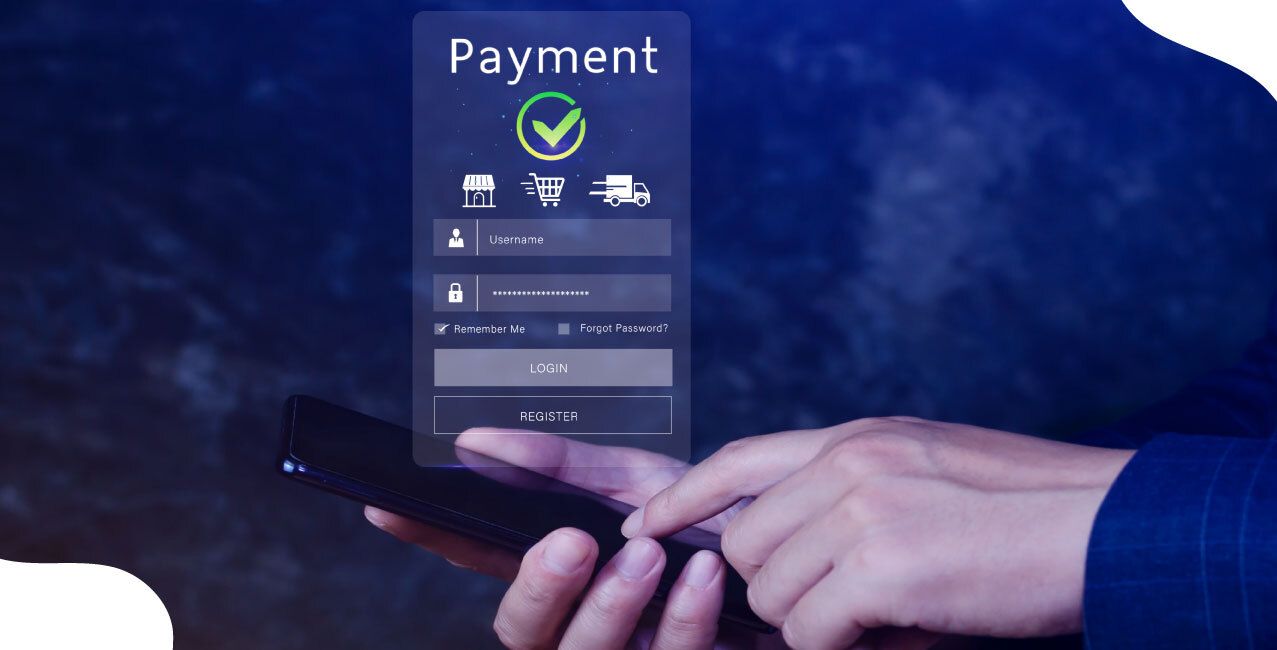
Author
LoansJagat Team
Read Time
5 Min
31 Jul 2025
What is Credit : Types & Importance in Finance
Credit is when a lender, such as a bank, lets you use money now, and you promise to pay it back later. According to the Reserve Bank of India, banks create credit, and the RBI controls its flow into the economy.
What is Credit? Meaning, Types & Examples in Finance
The World Bank defines credit as money or financial resources given to businesses or people, like loans or trade credit, which they must repay over time. Simply put, credit lets you use money now and pay it back later, usually with interest. Here is an example for better understanding.
Meet Aman, a young shop owner in Jaipur. He wants to expand his business but doesn’t have enough savings. So, he takes a loan of ₹1,00,000 from a bank at 12% annual interest. He uses that money to buy stock and improve his store. After one year, Aman pays back:
₹1,00,000 (loan) + ₹12,000 (interest) = ₹1,12,000 in total.
This is how credit works. Aman got the funds he needed immediately and repaid them later with a bit extra.
In this blog, you will learn what credit means, the main types of credit, real-life examples, and why credit is important in both personal finance and the economy.
What are the Main Types of Credit?
The Reserve Bank of India explains that credit exposure includes both funded (cash loans) and non‑funded facilities (like guarantees), plus equipment leasing, hire‑purchase, and factoring. Let’s dig deeper into these and other important aspects:
1. Funded vs Non‑Funded Facilities
- Funded Credit means actual cash flows such as term loans, overdrafts, or working‑capital finance.
- Non‑Funded Credit includes letters of credit, bank guarantees, etc., where banks pledge to pay if you default.
2. Equipment Leasing, Hire‑Purchase & Factoring
These are funded forms of credit. Leasing gives you equipment with rent; hire‑purchase lets you buy it with instalments; factoring helps you get paid instantly for invoices.
3. Secured vs Unsecured Exposure
- Secured credit uses collateral (like land or machinery).
- Unsecured credit carries more risk for banks and may come at a higher interest rate.
RBI lets banks set their own rules, but licences often limit unsecured exposure to 10% of the limits.
4. Collateral‑Free Schemes for SMEs
Through initiatives like CGTMSE, MSMEs can get loans up to ₹2 crore without collateral. Banks assess the business project instead, and a trust covers up to 85% of the loan if default occurs..
5. Digital Innovation: Unified Lending Interface (ULI)
RBI is rolling out the Unified Lending Interface, a digital system that fetches land records, e‑KYC and bank statements automatically. It speeds up loan approval for individuals and small businesses.
Read More – What Is A Credit Card? Features, Benefits & How It Works
A Fresh Example with Sriman:
Sriman runs an artisanal chocolate business and uses different facilities:
She borrows ₹15,00,000 in cash and repays with interest. At the same time, the overdraft gives flexibility, the guarantee helps new buyers, and factoring keeps her cash flowing.
Note: What Is an Overdraft?
An overdraft is a facility where the bank lets you withdraw more money than your account balance, and you repay the overdrawn amount later with interest or fees.
For more information on overdrafts, visit LoansJagat for details and options.
Other Credit Forms: Bank, Trade & Buyer’s Credit
The Government of India recognises several key forms of credit that businesses often use beyond standard loans. These include Bank Credit, Trade Credit, and Buyer’s Credit, each serving different purposes to support business cash flow and growth.
1. Bank Credit
This refers to loans and advances provided by banks and financial institutions. It includes term loans, cash credit, and overdrafts. Banks assess creditworthiness and provide funds accordingly, charging interest.
Example: A small manufacturer takes a ₹5,00,000 term loan from a bank at 10% interest per year to buy machinery.
2. Trade Credit
Trade credit occurs when suppliers allow buyers to receive goods or services now but pay later, often within 30, 60, or 90 days. This helps businesses manage their working capital without an immediate cash outflow.
Example: A retailer buys ₹1,00,000 worth of stock from a wholesaler and agrees to pay in 60 days.
3. Buyer’s Credit
Buyer’s credit is a short-term credit provided by banks or financial institutions to an importer, enabling them to pay overseas suppliers on deferred terms. It helps businesses manage foreign currency risks and delay payment without losing out on orders.
Example: An exporter arranges a buyer’s credit of USD 50,000 (approximately ₹37,00,000) to pay an overseas supplier, repaying the bank later with interest.
Note: Important Terms
- Cash Credit: A short-term loan allowing withdrawal up to an approved limit to meet working capital needs.
- Buyer’s Credit: Financing that helps importers pay foreign suppliers, often in foreign currency.
- Trade Credit: Credit extended by suppliers to buyers for purchasing goods on deferred payment.
Why These Credit Forms Matter?
These credit types keep businesses running smoothly by ensuring timely payments, managing cash flows, and supporting growth without immediate financial strain.
Real‑Life Examples & Why Credit Matters?
Credit helps people and businesses manage money, grow their work, and deal with tough times. The Government of India runs different loan schemes to support small businesses, create jobs, and boost the economy.
Here are three real-life stories that show how credit can make a big difference:
1. Baker in Assam: PMMY Loan
A woman from Morigaon, Assam, took a ₹1,00,000 loan through the Pradhan Mantri Mudra Yojana (PMMY) to start a small bakery.
- Interest rate: Usually 8–12% per year
- Repayment time: 3 to 5 years
- Impact: She used the money to buy baking tools and ingredients. Now, she earns about ₹15,000 a month and supports her family.
2. Weaver in Tamil Nadu: PMEGP Loan
In Tamil Nadu, a rural entrepreneur got a loan under the Prime Minister’s Employment Generation Programme (PMEGP) to set up a weaving unit.
- Loan amount: Usually between ₹1,00,000 and ₹2,50,000
- Interest rate: Often lower than normal, depending on the bank
- Repayment time: 3 to 7 years
- Impact: The unit gives steady work to local people and helps keep traditional weaving skills alive.
3. Manufacturer in Delhi: CGTMSE Loan
A small factory in Delhi took a ₹50,00,000 loan under the Credit Guarantee Fund Scheme for Micro and Small Enterprises (CGTMSE) without giving any collateral.
- Interest rate: Usually 9–14% per year
- Repayment time: Up to 7 years
- Impact: The factory bought better machines, made more products, and hired more workers.
Also Read - Credit Scores Explained: How They Impact Your Loan Applications?
What These Stories Show:
These examples show that with the right support, even a small loan can change lives. Whether it’s a bakery, a weaving unit, or a factory, credit gives people the push they need to grow and succeed.
Why Credit Matters?
Credit helps people and businesses move forward. It gives them the money they need to start, grow, and manage their work. Here's why credit is so important:
- Helps businesses grow: Credit lets businesses buy equipment, hire staff, or open new branches. This helps them work better and grow faster.
- Supports more people: Government loan schemes give money to people who usually find it hard to get loans, like small traders or women. This helps more people join the economy.
- Encourages new businesses: When loans are easy to get, more people can start their own business. This creates jobs and brings in new ideas.
- Keeps the economy strong: When businesses grow and more people earn money, the whole economy becomes more stable and active.
In simple terms, credit gives people the chance to build better lives, support others, and grow the country’s economy.
Note: Important Terms
- Collateral-Free Loan: A loan where you don’t need to offer any property or assets as security.
- Subsidy: Money from the government to help reduce the cost of a loan or project.
- Credit Guarantee: When the government promises to pay the lender if the borrower can’t repay the loan, it makes lending safer.
Credit is not just borrowing money; it helps growth, new ideas, and a stronger economy. When people and businesses understand and use credit wisely, they open doors to many opportunities and success.
The Dark Side of Credit: When Borrowing Becomes Risky?
Credit can help you reach your goals, but borrowing without care can cause problems. If you borrow more than you can repay, you face high interest, a lower credit score, and stress.
Case Study: Isha Shukla’s Debt Trap
Case Study: Isha Shukla’s Debt Struggle
Isha Shukla, a young woman from Prayagraj, Uttar Pradesh, earned ₹20,000 a month. After seeing posts on social media, she bought a new iPhone worth ₹70,000. She paid for it in monthly instalments (EMIs) of ₹3,500 for 20 months. These payments included the phone’s price and the interest charged by the lender.
Over time, she took on more debt:
- A personal loan of ₹15,000
- Credit card spending of ₹10,000
- Shopping EMIs worth ₹5,000
Her total repayments added up to around ₹10,000 a month, half of her income.
Later, she faced a medical emergency that cost ₹20,000. Since most of her money was already going toward loan payments, she couldn’t pay her bills on time. This caused her credit score to drop, and the interest on her loans increased. It also became harder for her to save or get new loans.
Isha’s story shows how taking on too much debt can become stressful. It reminds us to borrow carefully, know what we’re signing up for (like whether EMIs include interest), and make sure our repayments don’t take up too much of our income.
Tips Isha Shukla Could Have Used to Manage Credit Better
- Borrow only what fits your income.
- Pay EMIs on time to keep your credit score healthy.
- Avoid too many loans at once.
- Plan for emergencies with a small savings fund.
- Make a budget to track income and expenses.
Following these tips can help avoid the stress of piling debt.
Conclusion
Credit is a helpful bridge that connects your “I want it now” moments with your “I will pay later” reality. If you want to grow a business, buy a home, or someone stubborn like her, buy the latest iPhone on EMI because who wants to pay upfront? Credit lets you do more today and pay later.
But if you let it pile up, it can quickly become a heavy burden. Used wisely, it helps you find new opportunities and manage money better.
FAQs
1. Is credit just borrowing money?
It’s more than that, credit gives you breathing space. You get what you need now and pay it back bit by bit, with interest.
2. What’s the difference between “secured” and “unsecured” credit?
Think of secured credit as a deal with a safety net (like your car or house). Unsecured is trust-based, no backup, but higher risk, higher cost.
3. Can a low credit score really stop me getting a loan?
Sadly, yes. Missed payments or too much debt can scare off lenders. A poor score = fewer choices and pricier deals.
4. How can I keep my credit score happy?
Treat your credit like your phone battery: don’t overcharge, don’t run it dry, and keep it steady. Pay on time and borrow wisely.
Other Related Pages | |||
5. Is using credit always bad?
Not at all! When you use it wisely, credit helps you build trust, unlock opportunities, and reach goals faster.
About the Author

LoansJagat Team
‘Simplify Finance for Everyone.’ This is the common goal of our team, as we try to explain any topic with relatable examples. From personal to business finance, managing EMIs to becoming debt-free, we do extensive research on each and every parameter, so you don’t have to. Scroll up and have a look at what 15+ years of experience in the BFSI sector looks like.

Quick Apply Loan
Subscribe Now
Related Blog Post


